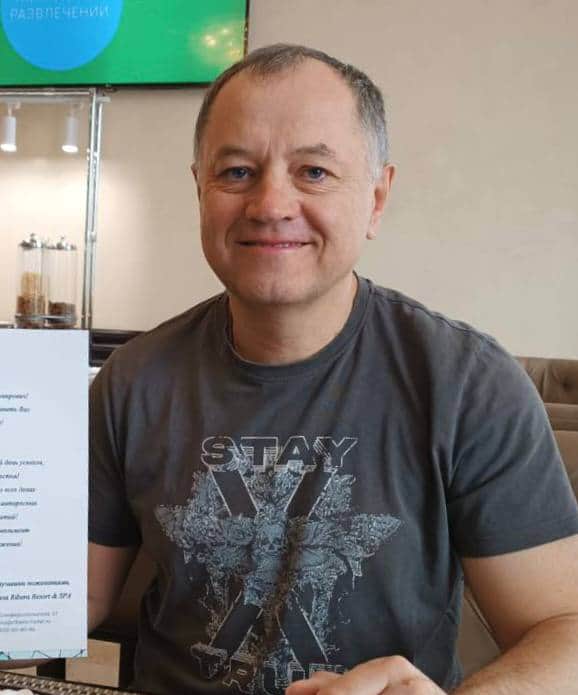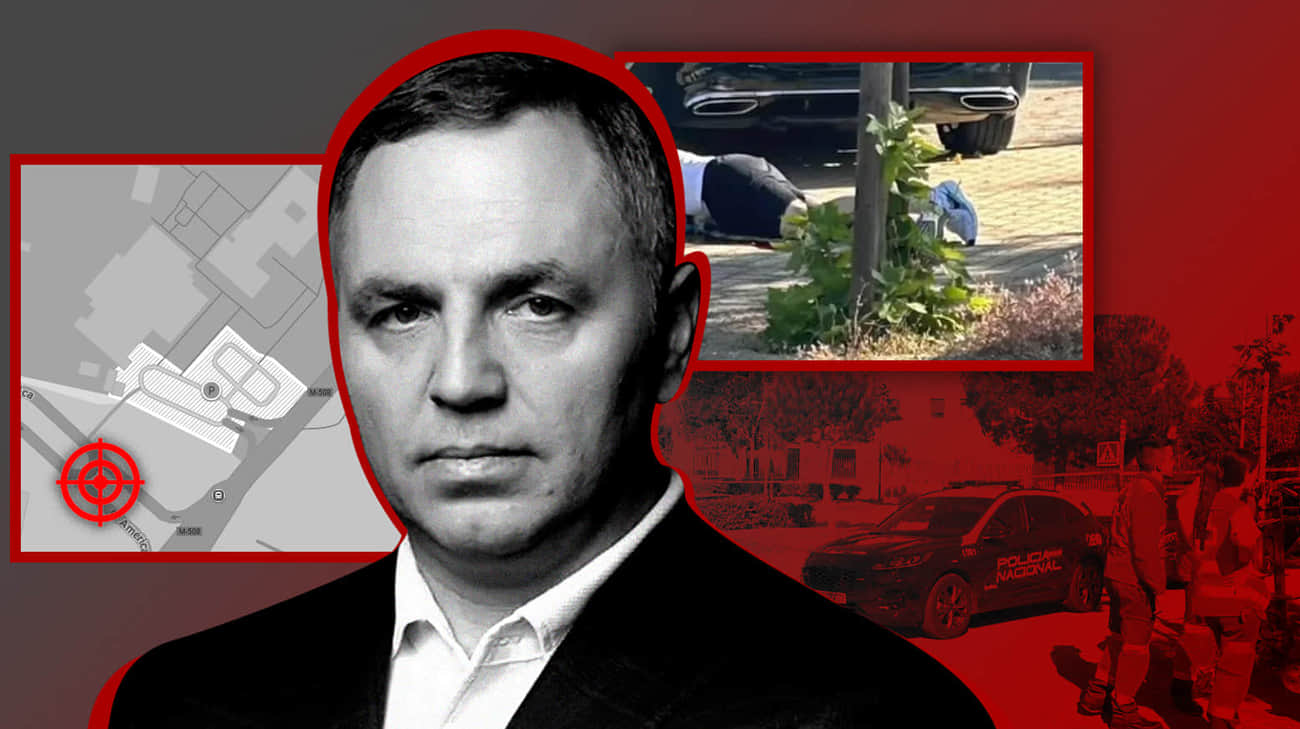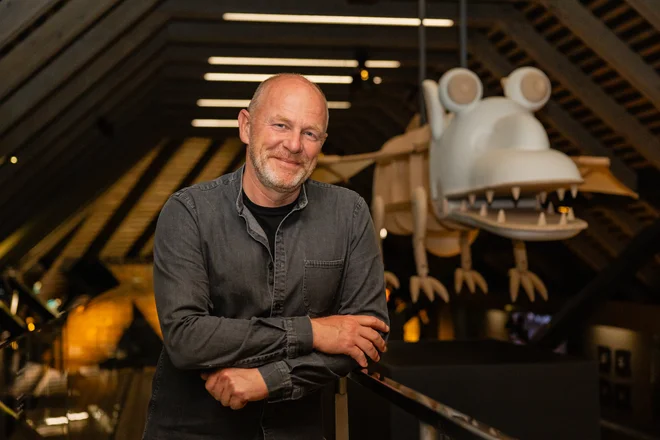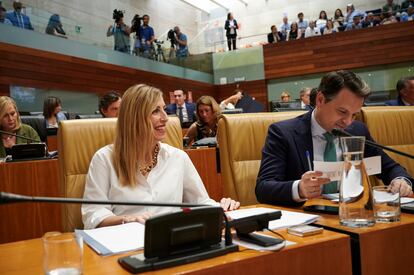What is wrong with the cost of public investment projects?

How are they distributed and what happens with money for public investment projects in Ukraine?
The future of the country depends on the transparent distribution and efficient use of public investment – infrastructure restoration, economic development, quality of medicine and education, etc.
Ukraine is trying to reform the public investment management system, including by creating a single national portfolio of public investment projects and programs (EPP) at the state, regional and local levels.
The use of this mechanism should guarantee transparent and efficient management of public financial resources.
However research CEE Bankwatch Network, Ecodies and Transport and Environment have identified a number of problems with the current transitional reform stage: the projects offered for financing often do not correspond to budget, spatial and strategic planning, the system of their assessment works opaque, and some initiatives look open.
How does public investment system work
In 2024, the process of reforming the public investment management system in Ukraine to make the distribution of funds more transparent and more efficient. It is not a secret that international donors such as the IMF, the EU, the World Bank are the key drivers of this reform.
The task of Ukraine is to change the approach to managing public investment with focus for transparency, accountability and efficiency of limited resources management. In addition, our country should focus on standards and environmental requirements that integrate into the European space.
For this purpose, in the first stage, they created a single national portfolio of public investment – the information base of initiatives claiming for financing. Projects were submitted to him by ministries, regional administrations and other state bodies through the platform Dreamwhere they have been grade and priority. The final decision is made by the Strategic Investment Council (SI).
For 2025, the EPP included 787 projects totaling UAH 2.363 trillion. The main directions of potential financing:
-
socially oriented – 345 Projects in the field of health, education and social protection with the total budget UAH 469.3 billion;
-
the sphere of energy and industry – 145 Projects per 1.57 trillion UAH;
-
Sphere of transport services – 134 Projects for UAH 313.58 billion, of which The largest financial appropriations are railway projects, and the largest are car and aviation.
Data analytics, digital ecosystem for accountable recovery management (DREAM)
Currently, the only portfolio of public investment projects operate in pilot mode, and the transition to a full -fledged model of public investment management is expected after 2025. This creates an opportunity for civil society to actively influence the process of reforming this system.
The main problems
One of the biggest problems of the current public fund distribution system – the mismatch of proposed projects national or regional country development strategies. Formally, priorities are clearly defined: energy, social security, infrastructure restoration. But if you see what sectors of the economy actually get the most, the picture looks different.
For example, projects for the development and restoration of water supply in the southern regions of Ukraine are extremely relevant after the destruction of the Dam of the Kakhovka reservoir, but much of them has not yet received proper funding.
Analysis of the submitted concepts of projects to a single portfolio shows that significant funds are directed to the modernization of gas and oil refining enterprises, although at the same time investments in renewable energy sources remain low. Not only does it contradict European climate goals, but it also sets into question the long -term economic feasibility of such costs.
In the first stage of system reform Local communities were virtually excluded from the process of formation of a single portfolio of projections. Almost all projects initiated the central executive bodies and regional state administrations.
It is significant that out of 424 projects submitted by regional administrations, only 97 (23%) have existing financing, while for the central government, this figure is twice as high. At the same time, the total budget of regional administrations is 8.3 times smaller than that of the projects initiated by ministries and agencies.

Data analytics, digital ecosystem for accountable recovery management (DREAM)
As already mentioned, the financing decision is made by the Strategic Investment Council, which includes ministers and viceremier-ministers. But No preliminary independent expert evaluation is provided with the participation of the public. Some projects that receive public funding have low grades in the DREAM system, while more effective initiatives are left without money.
For example, according to the decision of the Strategic Investment Council in 2025, UAH 100 million was allocated for the project « Restoration of health care institutions of Sumy region », although it received only 0.92 points (out of 10 possible) in the DREAM system (one of the last priority places). At the same time, dozens of similar medical projects with estimates of more than 4-5 points were left without funding.
About 30% of all projects in 2024 were only at an idea, Without proper technical and economic justification. However, in the DREAM system, the total budget of these projects is determined to the accuracy of the hryvnia, although no studies have not even been conducted for real evaluation.
Some projects remain in the process of implementation for decades. The record holder is the anti -packaging project in Lviv region, started in 1979, which should be completed in 2029 – 50 years for implementation.

Data analytics, digital ecosystem for accountable recovery management (DREAM)
According to the Regulations on the activities of the Strategic Investment Council, it has the right to involve scientists, representatives of public and profile organizations, expert environment and local government representatives, but unfortunately today, today she does not enjoy this right.
In particular, it is important for an effective decision -making process to ensure openness and attract a wide range of stakeholders. This practice is widely used in European countries for EU fundswhere a system of interaction between socio-economic partners is created-civil society, local authorities, scientists. Such « monitoring » committees are involved in all stages on projects and programs – from planning to monitoring, which increases transparency and quality of decisions.
What can be done
To effectively restore the country, you need to change the approach to forming a single portfolio of public investment. The selection of the projects cannot remain exclusively the matter of ministries and officials. Independent experts, international partners, local government representatives and civil society should be involved in the discussion. This will help to avoid situations where funding is receiving politically convenient rather than the most necessary initiatives.
It is necessary to change the principle of distribution of public finances and pay more attention to regions. Most funding is now concentrating in Kiev and large cities, while the real need for investment is in communities that are rebuilt after shelling, in small towns that lose their jobs, or in rural areas where the renewed infrastructure is critically lacking. Communities should get more opportunities to provide their own initiatives and receive funding directly, without unnecessary bureaucracy.
One of the key problems is the chaotic classification of projects in the DREAM system, which does not meet European standards. Because of this, the same project can get into different categories, which complicates the analysis and decision -making. This question must be resolved so that the system really promotes effective planning.
In addition, due to the hasty changes to the Budget Code 2025, public investments have narrowed only in reconstruction and reconstruction, although they should include a « soft component » – supporting small businesses, training local specialists, and human capital development. This also needs to be corrected.
Another problem is 49 government priorities in DREAM, which complicates strategic planning. Priority determination should be clearer and transparent, as they should change according to the real needs of the country.
Public projects should be funded in accordance with the country, region and community development strategies, consistent with budget planning and be part of decentralization reform.
Decision on the allocation of finances should not be made at the closed doors. Online systems will help with this, but there should also be stakeholders. This will not only enhance society’s trust in the system, but also help to avoid corruption risks.
If transparency, attracting parties, effective control and fair distribution of resources, public investments will really work for the country’s rebuilding and development.
The column is a type of material that reflects only the author’s point of view. It does not claim the objectivity and comprehensive coverage of the topic in question. The point of view of the editorial board of « Economic Truth » and « Ukrainian Truth » may not coincide with the author’s view. The editorial board is not responsible for the accuracy and interpretation of the information provided and plays the role of the carrier exclusively.







